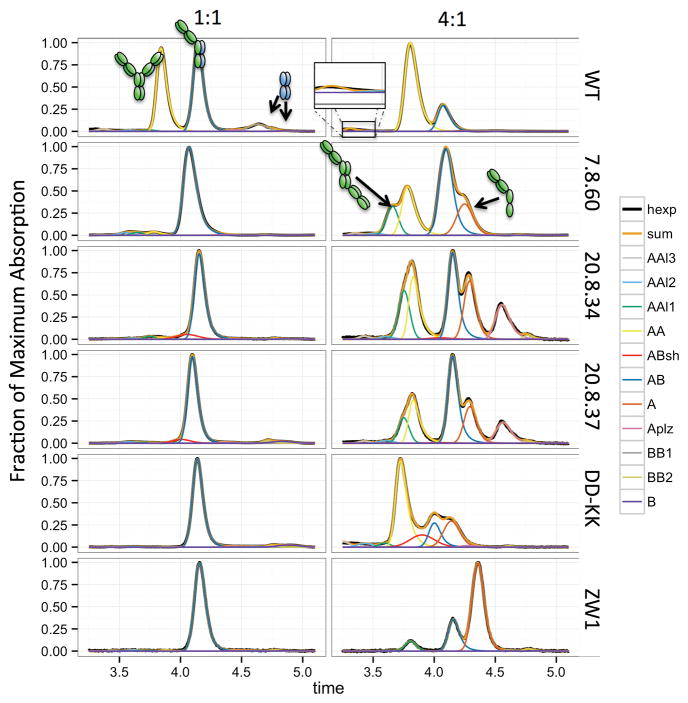Figure 6. Comparison of our best designs against positive controls.
The UPLC experiments in 1:1 and 4:1 A:B transfection ratios allowed observation of several species. The wild type (WT) sequence showed four prominent peaks corresponding, from left to right, to the AA homodimer, the AB heterodimer, and two BB homodimer peaks. Visible to the left of the AA homodimer peak in the 4:1 experiment is a trace amount of an AA “long dimer” (inset), a species formed by a head-to-tail arrangement brought about by a CH2/CH3 interface which we and others have observed in several crystal structures. This species would project its variable domains in opposite directions, decreasing its elution time. After extinction coefficient normalization, the WT experiments showed an average AA:AB:BB ratio of 1.2:2:0.6. The deviation from the theoretical 1:2:1 ratio is likely due to the full heavy chain (the A chain) expressing better than the Fc alone (the B chain). Designs 20.8.34 and 20.8.37, though they improved upon 20.8, both showed accumulation of a left shoulder (pink) on the AB heterodimer elution peak. We were not able to isolate this species, but believe it to be related to the AB heterodimer. A similar shoulder is also observed in the 4:1 assay of the DD-KK control. Curves: hexp – the experimentally observed absorption, sum – the sum of the fitted-curve heights, and individual peaks (earlier to later): AAl3 – AAl1 (the three AA longdimer peaks), AA, ABsh (the unidentified left shoulder on the AB peak), AB, A monomer, Aplz (proteolized A monomer), BB1 & BB2 (the two BB homodimer peaks), and B monomer.

